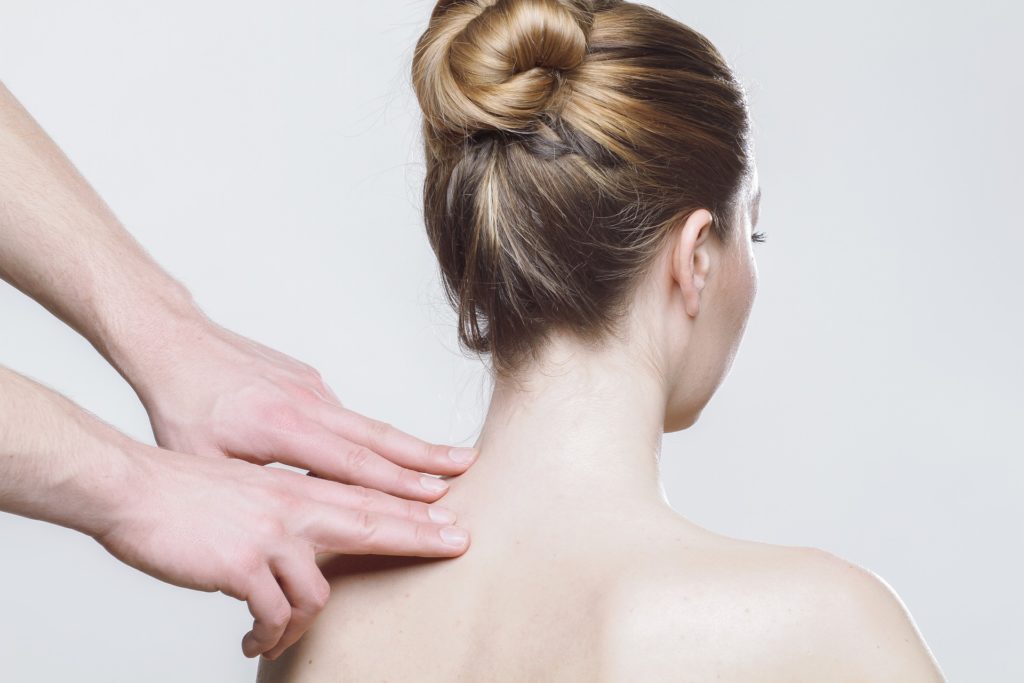
What is Body Acne?
I’m sitting here recovering from a workout and notice a not so friendly visitor on my shoulder. Nowadays, I rarely get body acne but its not 100% cured. Even with my regimen, attention to diet and product usage, it can still pop up from time to time. When it does happen, it usually appears on my back, shoulders or lower neck. An improvement over the past, for sure, but why there?
Acne can develop on almost any part of the body. Excess oil production and dead cell turnover rate can cause pore blockage. Acne on the back (bacne), butt (buttne), neck and chest can pose problems because they are awkward to treat short of contortion or removing vertebrae. Plus, the genetics on jelly spines is tricky at best.
Usually, most acne concern is directed at the face. It’s hard to hide and humans are social creatures. Acne on the body is easier to conceal but that’s part of the reason it can blossom in the first place. Certainly tight fitting clothes, warmer temperatures and elevated sweating are cause for concern. Though that’s only part of the problem. To get into the why, I had to dig a little deeper.
Body acne causes?
Certainly puberty is a harsh task master and plays no small role in the process, but other factors are in play as well. Consider warmer temps equals more sweat; more sweat equals increased pore blockage; increased pore blockage equals bacteria buffet. Also, tight fitting clothes intensify friction (backpacks, sports equipment and attire, swimming attire, etc.)
Areas outside of face most prone: back, neck and chest. More sweat glands? No, closer proximity to the face, where acne is usually abundant and sweat runoff is first to fall The back especially because of our inability to reach all parts of it with ease. This comes into increased play during warmer weather when there’s more skin contact with non clothes.
When I’m at the gym, the various equipment isn’t exactly sanitized to any great degree. That means sweat, mixed with various skin bacteria, sitting at room temperature. The more skin contact with this environment, the more likely breakouts can occur. I try to combat this by using a basic disinfectant wipe on the equipment before placing a clean towel down to buffer the space further. It usually works, but it’s not full proof. The same can apply when lounging at the pool in a chair. Though the sun has a sanitizing affect on exposed bacteria.
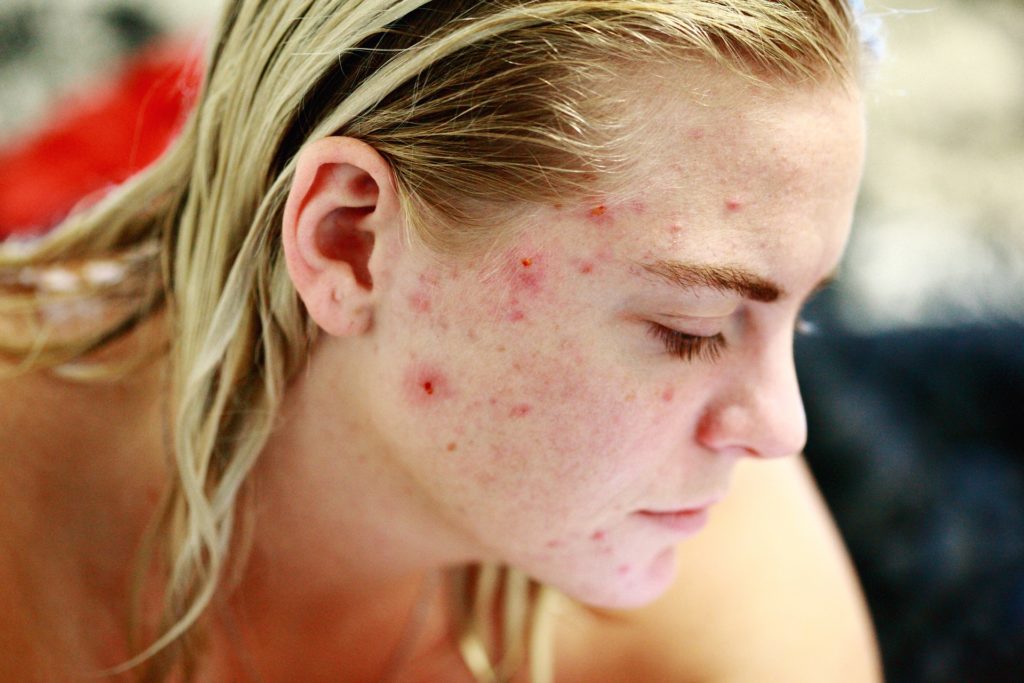
Severe body acne
Nobody wants to be the kid at the pool high dive that back flops like a beached seal, only to surface with tendrils of pus and runners of whiteheads for all to see. Been there. Not cool. Especially in this age of smart phones and instant infamy. On the same token, you don’t want to live a monk like existence, abstaining from social gatherings to work at odd hobbies that only the future will understand.
Your best bet is to resolve the underlying issues that can be fixed: environmental, dietary, hygiene, and accept the ones that can’t like genetics.
Body acne treatment products and options:
Slow:
Supplements
Supplements are tricky because what works for some has the opposite effect for others. I plan to go into greater detail in later articles about the pros and cons. However, I will say that anti-inflammatory supplements like fish/krill oil are usually well tolerated by most.
Key points to stress: whey (dairy) protein in shake or supplement form can exacerbate acne. I spent an article detailing why. Also, steroid use can cause all kinds of health problems, least of all acne. Stay away.
One more note about diet. Low carb and no sugar can go a long way to helping combat inflammation of the body. So drink more water and stay away from sodas. Eat less candies. Add more fruits and vegetables to your diet. Make sure the fruits and vegetables have been thoroughly washed as many of the pesticides sprayed on them have hormone disrupting effects.
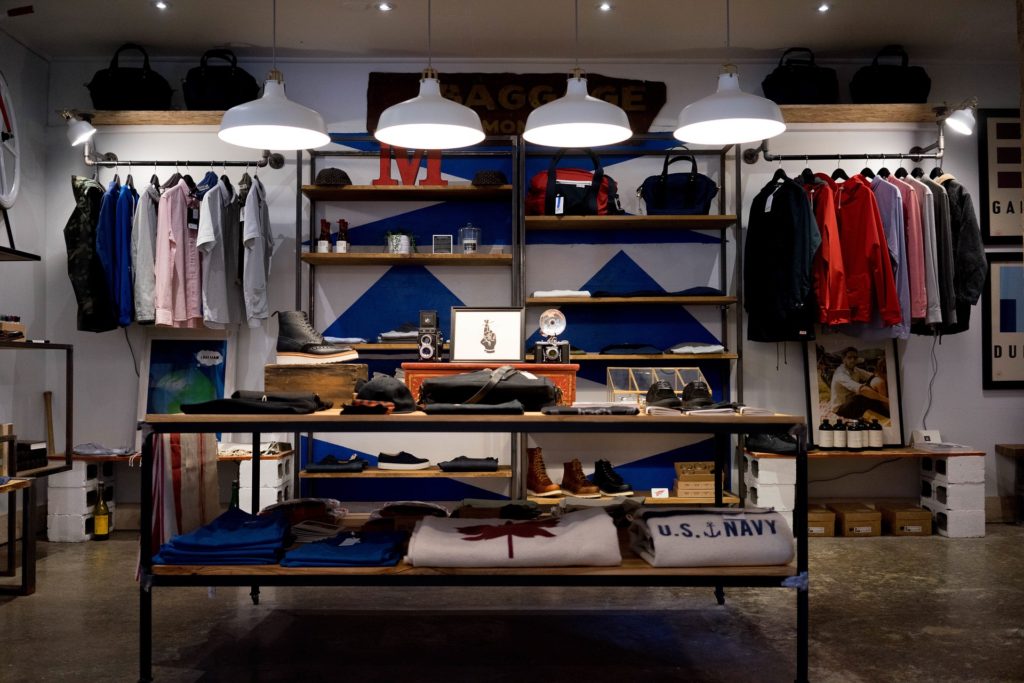
Clothing choices
Sweat wicking fabrics are preferable to cotton. Cotton holds the moisture, creating a reservoir for bacteria to flourish. Wicking fabrics keep you cool and dry, minimizing dampness. This goes double for engaging in any kind of sweat inducing activity.
Make a special note to limit tight clothes like compression shirts and shorts and yoga pants. Compression clothing can irritate hair follicles and lead to bumps (folliculitis) that mimic or appear similar to acne.
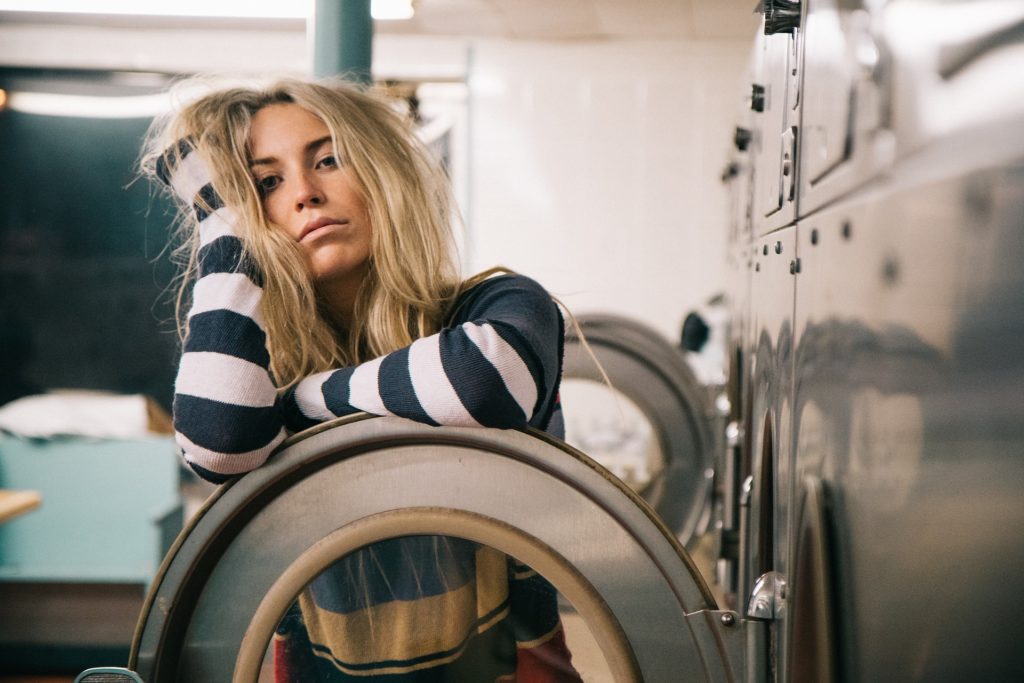
Laundry
- Skip the dryer sheet.
Some of the chemicals in dryer sheets may exacerbate acne and other skin conditions. Be mindful of over using them. See how your body reacts with and without them in the laundry. This goes double for most kinds of detergent. Borax may be ideal for some clothes and less for others. Find a detergent that doesn’t irritate your skin.
- Bedsheets, pillow case
This should be a no brainer. If possible, change bed sheets at least once a week and pillow cases more frequently. You can use one side of the pillow case and flip it over the next night. Keep in mind though the used side will come in contact with the bed sheet and without consistent changing, may make this strategy less desirable.
- Towel
Towels harbor bacteria in mass. When you’re experiencing outbreaks it’s not a good idea to use the same towel twice without washing. You can combat this somewhat by purchasing towels with anti-bacterial material, but you still shouldn’t re-use towels without washing.
Steady
Shower
Many shampoos contain Parabens and other chemicals like SLS (Sodium laureth sulfate) which may make acne and other skin conditions worse. This makes it tricky to find solid ones that don’t. Some of the dandruff shampoos contain zinc that can be helpful for acne.
It’s also important to keep in mind not all skin types are going to react the same way to these chemicals. A good tip is if you have to use a dubious shampoo, wash your hair first, then clean with soap. The soap may further help clearing the shampoo chemicals and limit their time of exposure to the skin.
Another good tip to note is that if you are having problems with scalp acne try using a baking soda and vinegar combo several times a week. It’s great for balancing the pH of the scalp. Some scalp acne may be fungal related and this would also help with that.
Body acne washes
Glycolic and Salicylic acids can work great in several ways. Generally, they’re a gentle exfoliater. They also clear the pores and reduce the oil production. Wipes are great for a quick rub down after sweaty activity, while a spray may be a perfect answer for those harder to reach places.
Benzoyl peroxide (5-10%) body wash can help treat aggressive body acne. Keep in mind that it can stain clothes and towels, may dry out your skin and not be evenly spread over the back without assistance.
I would stay away from most cosmetic soaps as they tend to have too many chemicals like shampoos (Parabens, SLS, etc.). Sulfur soap (3% or so) is usually well tolerated and has positive results for acne treatment. Keep in mind the smell and use essential oils if that’s a problem.
Moisturizers
I spent a fair amount of space going over several natural moisturizers in my beard acne article. While the article focuses on beard acne and ingrown hairs, it covers so much more. The moisturizer section is one such piece of info that is applicable to all skin types and not merely face fur.
If you already have a moisturizer you like, great. Make sure its not clogging the pores or irritating the skin by specifically focusing on items listed in the ingredients. While there’s no sure fire, quick way to do this, a tip is to look up the words that you don’t recognize. If your product has more words you don’t recognize then you do, you may want to simplify.
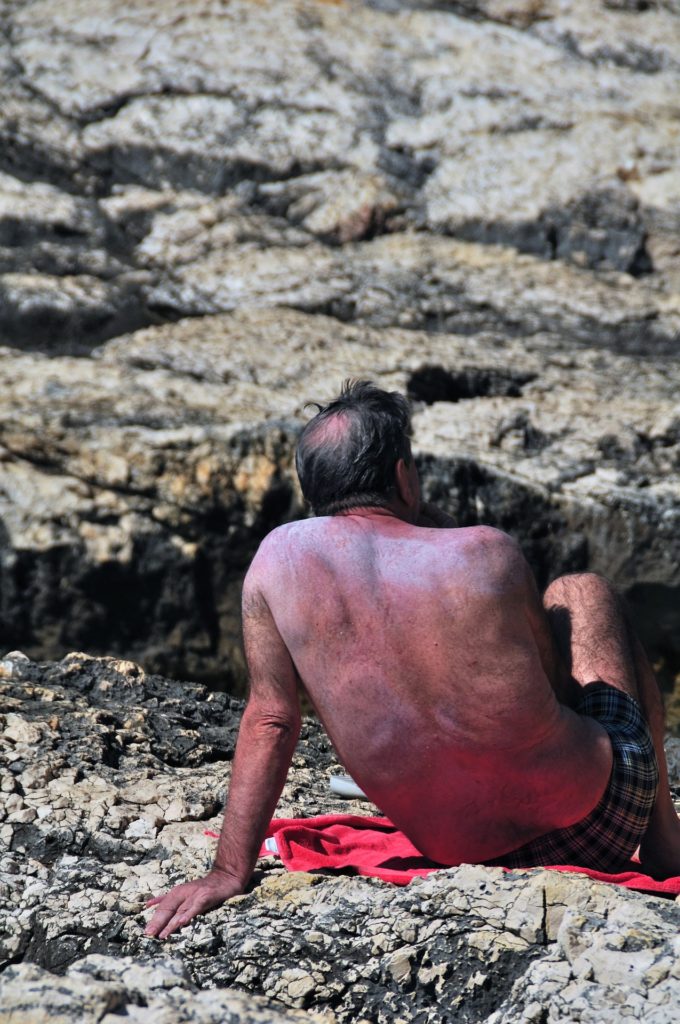
Tan, yeah or nay?
Yes, the sun will kill acne causing bacteria but it can also cause skin damage that extends far past adolescence and, at worst, potentially lead to skin cancer. While it’s good to get some sun exposure because it helps the body produce vitamin D, it’s best to avoid excess amounts. Sagging, wrinkles, brown spots and yes, the dreaded big C can and often do, happen with excess sun exposure.
Phototherapy for acne is another option that has many of the benefits of sun exposure without most of the side effects. Instead of a UV light, phototherapy uses from the blue and red light spectrum. This means less cellular damage. Some of the down sides are that it generally is performed at the dermatologist office on a week to week basis (8-10 weeks is standard), it works for mild to moderate acne, rashes and swelling can occur and your skin is sensitive to light after treatment, meaning you better be careful to avoid regular sunlight.
Fast
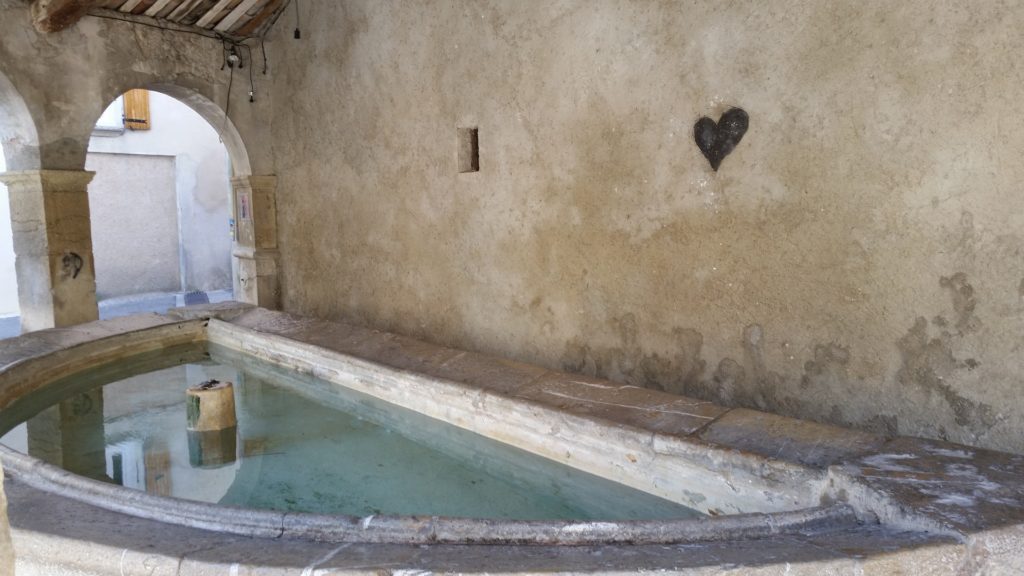
Soaks
All kinds of soaks are out there. Some contain salts that are soaked up by your body, drying oily skin and keeping bacteria in check. Every soak should be in a bath tub of warm to hot water. Not too hot to cause problems but comfortable enough to tolerate.
With all of these options (try one at a time), it’s best to error on the side of caution and start low and slow. Try it for only a few minutes the first time and work up to a comfortable amount of time (20-30 minutes). No more than 2 to 3 times a week or use as necessary. The great thing is they have benefits outside of acne treatment.
- Baking Soda:
Start with a cup of baking soda. It’s cheap and effective at absorbing into your skin and helping acne and other skin problems. A few drops of an essential oil compliments this. My beard article goes into several essential oils and their respective pros and cons.
- Epsom Salt:
Same or similar to Baking Soda. Though the magnesium may give you energy and make taking a bath before bed a problem. The sulfur is useful in treating acne. Keep in mind that the Epsom Salt has a laxative effect. This is why it may be better to make it into a paste (1:1 with a carrier oil or glycerol) and spot treat the acne breakouts or skin inflammation.
- Borax:
Yes, the laundry detergent. You only need 1 to 4 tablespoons to reap the results. Borax is an anti-parasite and anti-fungal and especially helpful when dealing with those kinds of problems in addition to acne.
Be mindful of any initial side effects like worsening of condition or feeling a detox effect. This is why you want to start on the low end and see how your body adjusts and adapts. If a rash develops or you experience any significant side-effects, it’s best to skip this. There’s conflicting research as to how helpful/harmful borax is for external use. Be mindful and know your body.
- Hydrogen Peroxide:
One cup should suffice but keep in mind several factors. This will highly oxygenate your blood and possibly stimulate with energy, meaning taking this before bedtime could be a problem. Also, it may bleach your hair.
One cup is about a half a bottle of regular store bought Peroxide, meaning it could be pricey. Food grade peroxide of stronger caliber and bought in larger quantities could be a more economical solution but may be harder to locate off-line. If you go that route, be mindful of dosage and adjust accordingly if its stronger potency, or in other words use less.
Conclusion
I’m working on the ability to flash freeze time. This would allow the healing process to occur with no noticeable time disruption for everyone else. Sound cool? Unfortunately, reality doesn’t always work out like a comic book.
Until reality catches up with the imaginary, it’s a good idea to stay focused on the here and now. These tips can enhance or replace treatments you are already using. The trick is to not be overwhelmed with the options and choose something that fit your schedule and budget.
Also, a single use or application (good or bad) isn’t a fair assessment. Consistency is key. While you may not be able to get rid of body acne overnight, you can begin to make progress and ultimately beat it within weeks.
One final note. Many of the options listed in this article pertain to the hormonal side of acne. Check out the article I wrote about hormonal acne. Teenagers of both sexes and women of all ages are generally more prone to this. However, it’s important to note that for adult men still experiencing acne may have folliculitis caused by fungus. This may be even more so if you are active and have the acne in places with heavy hair like the head. The condition is not always accompanied by dandruff but its presence is usually an indicator.
You can read the next article here!
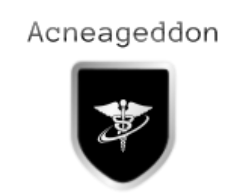

At some time in everyone’s life, we all have oily skin. The worst is when breakouts occur all over the back, butt and chest. Some of the info you talked about I had seen. The stuff I hadn’t seen is something else. Thank you for bringing various bath regimens into the discussion. It’s not something I was familiar with. I plan to implement some of them in the future.
Thanks for the kind words, Gary. Please share your experiences (positive or negative) when you get the chance.
When looking for how to get rid of acne fast, you’ll find plenty of typical acne products, but they have a tendency to be extremely drying. This doesn’t treat all acne, and it can irritate skin and lead to more acne down the road. If you want to get rid of a blemish fast, some of your best options are actually do-it-yourself.
I concur.
My body acne was out of control. The bath ideas you put forward have helped so much. It went from a level 11 to a 5. Still work to do but better. Thank you.
Glad to be of help.